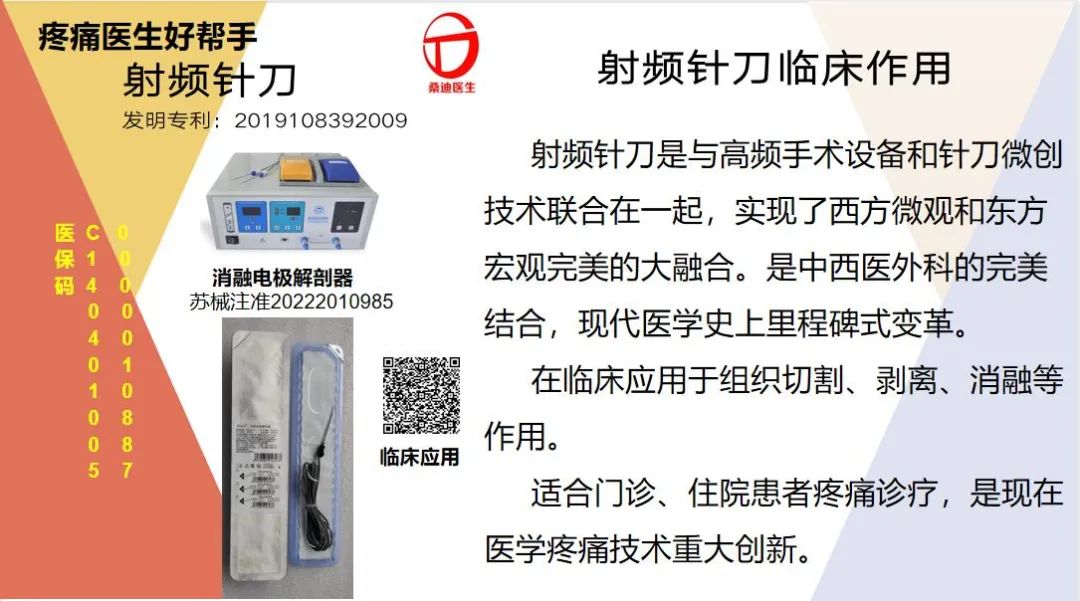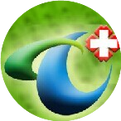Key Points of Inquiry:
1. Fever
1. Onset time, season, situation of onset (acute or chronic), course of illness, severity (high or low fever), frequency (intermittent or continuous), and triggers.
2. Presence of chills, shivering, profuse sweating, or night sweats.
3. Accompanying symptoms: cough, sputum, hemoptysis, chest pain; abdominal pain, vomiting, diarrhea; frequent urination, urgency, dysuria; rash, bleeding, headache, muscle and joint pain.
4. General condition since the onset of illness, energy levels, appetite, sleep, bowel movements, and weight.
5. Treatment history (medications, dosages, efficacy), especially for antibiotics, antipyretics, corticosteroids, cardiac drugs, anti-tuberculosis medications, etc., for reasonable efficacy assessment.
6. History of infectious disease exposure, contact with contaminated water, surgical history, history of miscarriage or childbirth, medication history, occupational characteristics, etc.
2. Headache
1. Onset time, urgency, course of illness, location, nature, severity, frequency (intermittent or continuous), and factors that trigger or relieve the headache.
2. Accompanying symptoms: insomnia, anxiety, severe vomiting (projectile?), dizziness, vertigo, syncope, sweating, convulsions, visual disturbances, sensory or motor abnormalities, mental disturbances, drowsiness, consciousness disturbances, etc.
3. Presence of: infection, hypertension, arteriosclerosis, cranial trauma, tumors, mental illness, epilepsy, neuroses, and diseases of the eyes, ears, nose, and teeth.
4. Occupational characteristics, history of toxic exposure.
5. Treatment history and effects.
3. Edema
1. Onset time, location, triggers, and prodromal symptoms.
2. Initial site of edema, progression, whether it is affected by body position, and whether there are signs of edema in the face, lower limbs, and sacral area.
3. Rate of progression, nature (pitting?), presence of pleural or abdominal effusion?
4. Signs of infection or allergy? Nutritional status?
5. Medications: corticosteroids, testosterone, estrogen, others.
6. In females: relationship with menstruation, body position, weather, and time of day.
7. Accompanying local signs: skin color, temperature, tenderness, rash, thickness;
General signs: palpitations, shortness of breath, cough, sputum (cardiopulmonary); urine volume and color, hypertension, kidney function; gastrointestinal, liver, jaundice, bleeding tendency; changes in appetite and weight, cold intolerance, sluggish response, constipation;
4. Cough and sputum
1. Age of onset, duration of cough, rhythm (acute or chronic, sudden or gradual, day-night variation, long-term cough related to seasons).
2. Severity of cough, sound quality, influencing factors (light or heavy, intermittent or continuous, paroxysmal cough? pitch, sound quality, whether cough worsens with different stimuli, wheezing? chest pain? fever?).
3. Sputum: color, shape, quantity, unusual odor, presence of blood? When sputum is abundant, does body position affect sputum production? After collection, does it separate into layers?
4. Special occupations, smoking, medications (ACE inhibitors).
5. Hemoptysis
1. Confirm whether it is hemoptysis.
2. Age of onset and characteristics of hemoptysis (color, shape, quantity, speed).
3. Accompanying symptoms: cough, sputum (see above).
4. Personal history: contact with tuberculosis? smoking? occupational dust? consumption of raw seafood? menstruation? parasites? endometriosis? medications?
5. Chest pain
1. Time of onset, location, nature, frequency, duration, triggering and relieving factors (coughing, deep breathing, activity, eating, emotional factors), radiating areas, severity, and impact on the patient.
2. Past similar episodes, triggers, and relief.
3. Accompanying symptoms: difficulty swallowing? worsens with swallowing? acid reflux?
4. Occupational habits?
6. Shortness of breath
1. Urgency (sudden or gradual), cause of occurrence, triggers, medications, toxic exposure.
2. Specific manifestations: inhalation? exhalation? both? Relationship with activity and body position, consistency day and night.
3. Accompanying symptoms: fever, chest pain, cough, sputum, cyanosis, hemoptysis?
4. Urination? Diet? Hypertension? Kidney disease? Metabolic disease? Headache, consciousness disturbances, history of cranial trauma?
7. Nausea and vomiting
1. Onset: determine the cause or trigger, acute or chronic, relationship with eating; past abdominal surgery history, menstrual history in female patients.
2. Timing: morning or night? intermittent or continuous? relationship with diet and activity.
3. Characteristics of vomitus: nature, odor.
4. Triggers: body position? eating? throat irritation, etc.
5. Accompanying symptoms? Treatment history?
8. Dysphagia
1. Cause? Trigger? (caustics, chemical drugs? foreign body?) history of throat surgery? related to emotional stress? liquid? solid? site of difficulty?
2. Course of illness? Progression? Accompanying symptoms (chest pain? drooling? abnormal voice? hoarseness? anemia? weight loss?).
9. Abdominal pain
1. Triggers (diet, surgical history, etc.), relieving factors, nature (burning, cutting, cramping, dull, bloating), location, size, severity, timing (relationship with eating, body position, activity), frequency, duration, progression (worsening? improving?) accompanying symptoms?
10. Dizziness
1. Circumstances at the time of occurrence, fixed relationship with neck turning, head tilting, lying down, turning over, any past history?
2. Presence of sensation of surrounding objects rotating or oneself rotating.
3. Accompanying symptoms: tinnitus, unilateral or bilateral?
11. Syncope
1. Before the episode: body position, activity (resting, changing position, during or after exercise, during urination, defecation, coughing, swallowing), triggers (environment, emotions, prolonged standing, after meals, pain, neck movement).
2. Presence of prodromal symptoms?
3. During the episode: manner of falling (falling down, kneeling), skin color, duration of loss of consciousness, breathing rhythm, accompanying symptoms, duration, tongue biting.
4. Any sequelae after the episode?
12. Hematemesis
1. Triggers: any irregular eating, excessive drinking, toxic substances, history of special medication intake? Color (bright red, dark red, coffee grounds), quantity, nature.
2. General condition (amount of blood loss): thirst? dizziness? blackouts? palpitations? sweating? change from lying to sitting? palpitations when standing? changes in heart rate? history of syncope?
3. Past history: upper abdominal pain? acid reflux? belching? indigestion? liver disease? long-term medication intake? medication names? dosages? reactions?
13. Hematochezia
1. Cause, triggers (irregular eating, excessive consumption of cold or spicy foods, etc.) (medication, collective illness)? Color, relationship with stool volume, amount of blood in stool.
2. Abdominal pain? urgency? masses? obstruction? systemic bleeding? diarrhea, abdominal pain, hemorrhoids, anal fissures, gastrointestinal surgery history?
14. Diarrhea
1. Onset: unclean food, travel, gatherings, group exposure, high-fat meals, stress, anxiety.
2. Frequency, volume, nature, odor, factors that worsen or relieve, post-illness (dehydration, weight loss, fatigue, limb convulsions, urgency, etc.).
3. Accompanying symptoms: fever, abdominal pain, urgency, anemia, edema, malnutrition? Family or regional history of illness?
15. Hematuria
1. Medical history (food? medication? porphyria or injury causing myoglobinuria? vaginal or rectal bleeding?).
2. When? Initial urination? Midstream? End? Blood clots?
3. Accompanying bleeding in other areas? (hemoptysis? digestive? skin or mucosal?).
4. History of kidney, urinary tract, or prostate disease? Hypertension? Edema? Proteinuria? Kidney dysfunction? Strenuous exercise? Abdominal or lumbar trauma? Urinary tract instrumentation?
5. Accompanying symptoms: urinary tract irritation? interrupted urination? renal colic? abnormal urine volume?
6. Medications (sulfonamides? aminoglycoside antibiotics? antipyretics? anticancer? anticoagulants?).
7. Family history? (kidney disease? hematuria? deafness? polycystic kidney disease?).
16. Frequent urination, urgency, dysuria
1. Time of occurrence? Urination frequency? Nocturia? Urine volume?
2. Location of pain during urination? Nature? Timing? Radiating areas?
3. Accompanying symptoms: fever? lumbar pain? blood/pus in urine? difficulty urinating? discharge from the urethra?
4. Recent history of catheterization? Urinary tract instrumentation? abortion? Relevant medical history (tuberculosis? urinary tract infection? pelvic surgery? central nervous system damage? mental illness?) for self? partner? history of unprotected intercourse?
17. Anemia
1. Time of occurrence, course of illness, various symptoms of anemia.
2. Acute or chronic bleeding? Melena? Soy sauce-colored urine? In females: menorrhagia?
3. Nutritional status. Picky eating? Weight loss? Digestive system diseases?
4. Exposure to chemical toxins, radioactive substances, or special medications? Detailed inquiry about exposure concentration, method, time, protection, medication names.
5. Family history? Close relatives? Childhood anemia? Past episodes?
6. Childhood/rural: parasites?
7. Chronic inflammation? Infection? Liver or kidney disease? Connective tissue disease? Malignant tumors?


